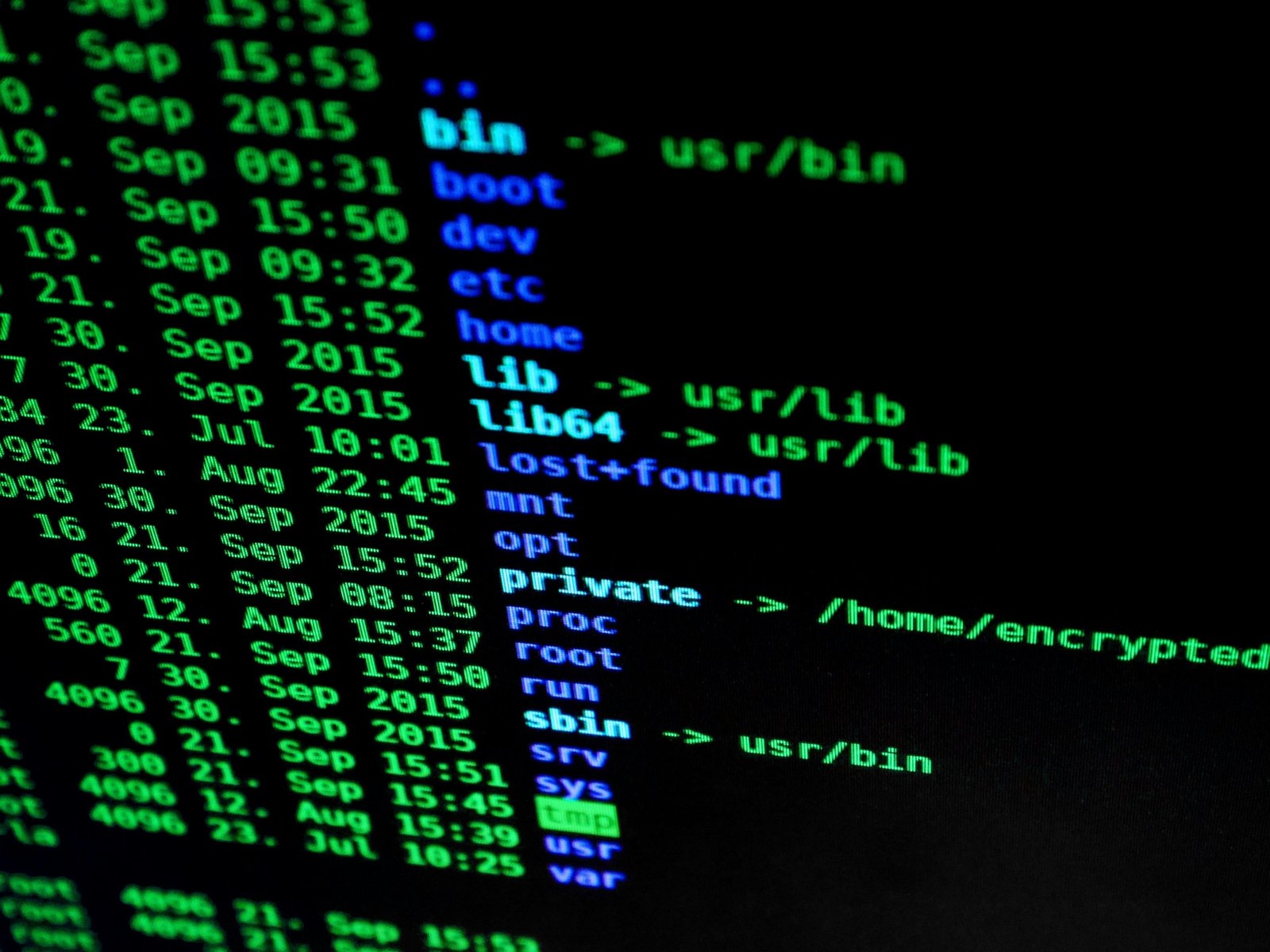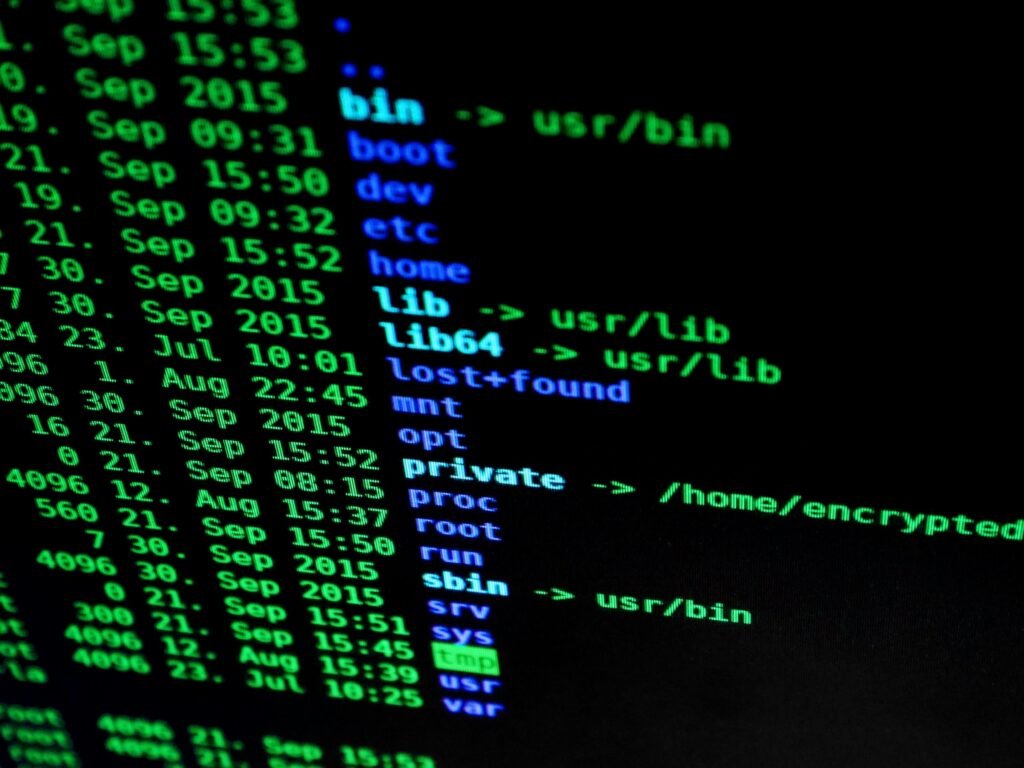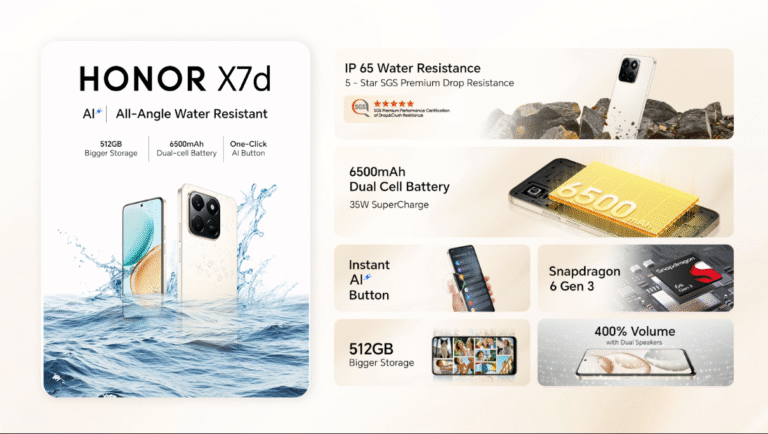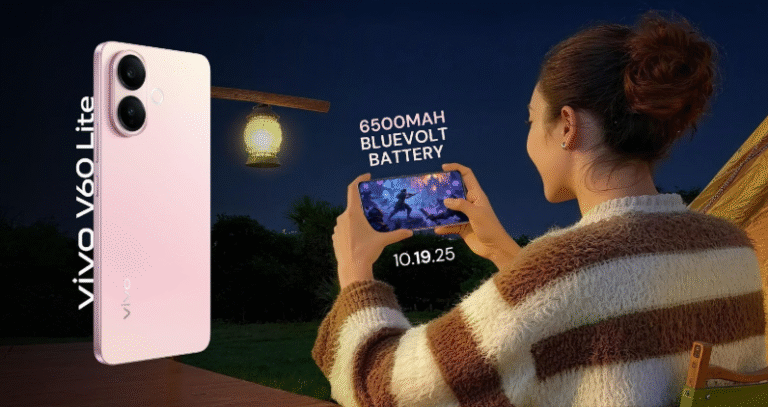

Table of Contents
• Introduction to Zero Trust Security
• The Core Principles of Zero Trust
• Benefits of Implementing Zero Trust Models
• Real-World Applications
• Challenges and Considerations
• Best Practices for Adopting Zero Trust
• Industry Insights and Future Trends
• Conclusion
Introduction to Zero Trust Security
In the dynamic realm of cybersecurity, the zero trust security model has emerged as a pivotal shift in strategy. This model was conceived to address the growing intricacy and prevalence of cyber threats, fundamentally altering the methods employed to safeguard networks. Traditional security models rely heavily on perimeter defenses, such as firewalls, to keep out attackers. However, this approach presumes that everything inside the firewall can be trusted, which has proven inadequate in today’s digital world.
The widespread adoption of mobile devices, cloud computing, and the Internet of Things has rendered networks more accessible than ever. Unlike the traditional fortress-like security approach, zero trust advocates for a more fluid and dynamic security model. It breaks down the walls around networks, transforming them into more accessible yet secure environments. This model mandates verifying every user, device, and application before gaining network access, regardless of location. By incorporating robust identity verification processes and enforcing strict access controls, organizations ensure that security is maintained at every intersection of network activity, mitigating potential threats more effectively.
The Core Principles of Zero Trust
At the heart of zero trust is the principle of “never trust, always verify.” This can seem simplistic, but it signifies a substantial shift away from the traditional assumptions underpinning older security models. Under zero trust, no entity—a user or a device—is given implicit trust. Instead, identity and context become the cornerstones of establishing access. The zero trust framework prioritizes stringent verification processes continuously revised to address emerging threats.
Micro-segmentation is a crucial concept within this model, offering a method to divide the network into tightly controlled segments. This means the attack is isolated and more manageable even if one segment is compromised. The principle of least privilege is designed to provide users with only the essential access required for their specific roles, thereby reducing the potential attack surface.
Benefits of Implementing Zero Trust Models
The strategic adoption of a zero-trust model offers numerous advantages that are too substantial to overlook. A particularly noteworthy benefit is the significant decrease in the likelihood of data breaches. With real-time access monitoring and advanced threat detection capabilities, organizations can swiftly identify and neutralize threats before they escalate. This proactive stance effectively safeguards sensitive information and enhances data privacy.
Beyond immediate security improvements, zero trust increases organizational visibility and control over data transit and access. With detailed logs and automated alerts, companies can gain insights into data flow and access patterns, identifying potential risks proactively. Moreover, implementing zero trust often leads to streamlined operations, as incompatible or unnecessary systems are phased out in favor of unified and efficient security processes. A study has shown that firms adopting zero-trust methodologies experienced reductions in security incidents, improving overall operational efficiency and optimizing resource allocation. These benefits cannot be understated in a world where data breaches cost companies millions.
Real-World Applications
One of the most notable trends in today’s business landscape is the adoption of zero-trust models across various industries. The financial sector, heavily targeted due to its highly sensitive data, has been at the forefront of adopting zero-trust tools and technologies. By applying stringent access controls and constant monitoring, these organizations are taking definitive steps toward safeguarding their assets and client information.
Providers in the healthcare sector increasingly employ zero-trust models to protect patient data and ensure compliance with stringent regulations like HIPAA. The importance of ensuring data confidentiality, integrity, and availability cannot be overstated. Hospitals and healthcare providers operate with a vast amount of sensitive information, and the zero-trust model allows them to safeguard this data efficiently. Even government agencies that handle classified and critical information have started implementing zero-trust policies to counter the myriad of sophisticated threats that occur daily.
Challenges and Considerations
While the benefits are substantial, implementing a zero-trust model has challenges. When integrating new systems into existing infrastructure, organizations face significant upfront costs and complexities. The need to redesign networks and deploy new security solutions can be a barrier for many companies, especially small—to medium-sized enterprises. However, the investment is justified by the long-term security improvements and potential cost reduction of data breaches.
Resistance often stems from a lack of information or misconceptions about the model. For instance, some may mistakenly believe that zero trust is only necessary for tech-heavy organizations when its principles apply universally. Addressing these challenges necessitates a comprehensive strategy integrating financial resources, extensive education, and a cultural transformation toward prioritizing security.
Best Practices for Adopting Zero Trust
Successfully transitioning to a zero-trust security model requires meticulous planning and execution. Organizations should start by performing comprehensive assessments to identify the current security landscape and locate vulnerabilities that need addressing. Creating clear and concise policies that outline employees’ expectations and responsibilities is essential for maintaining security integrity.
A collaborative approach to security is vital for successfully integrating zero trust. Employees should receive adequate training to understand the new systems and their crucial role in maintaining security. Establishing regular audits and security updates ensures that the network remains resilient against evolving threats. Continuous improvement is vital, and organizations must remain agile and responsive to new information and technological advancements to harness zero trust powerfully.
Industry Insights and Future Trends
As the threat landscape evolves, industry experts anticipate a growing reliance on zero-trust models to meet future demands. The model seamlessly incorporates advanced technologies, including artificial intelligence and machine learning, which can improve identity verification and access control processes, thus enhancing their overall effectiveness and efficiency.
According to insightful reports from security analysts, organizations that embrace zero trust early will be strategically positioned to take the lead within their respective sectors. Businesses can protect their assets and gain a competitive advantage by prioritizing innovation and keeping abreast of technological developments. Continuously advancing cybersecurity tools means that adapting to a zero-trust framework will only become more accessible and beneficial over time. As digital transformation accelerates globally, firms employing zero trust will endure and thrive in this ever-changing digital ecosystem.
Conclusion
Zero trust has firmly established itself as a cornerstone of modern data protection strategies. Challenging outdated security methodologies and emphasizing comprehensive verification and access control mechanisms ensures that organizations are better equipped to deal with the complexities of today’s digital threats. As the cybersecurity landscape changes, embracing a zero-trust approach will enable businesses to secure sensitive data, protect customer privacy, and sustainably enhance their overall security posture. Organizations that embrace zero trust at this time are placing themselves at the leading edge of the cybersecurity transformation, prepared to evolve and thrive as emerging technological innovations arise.


